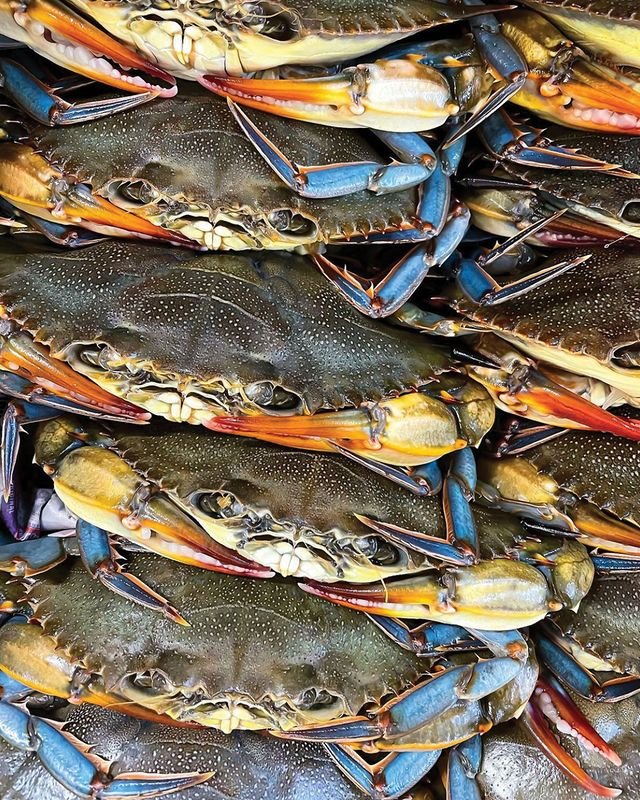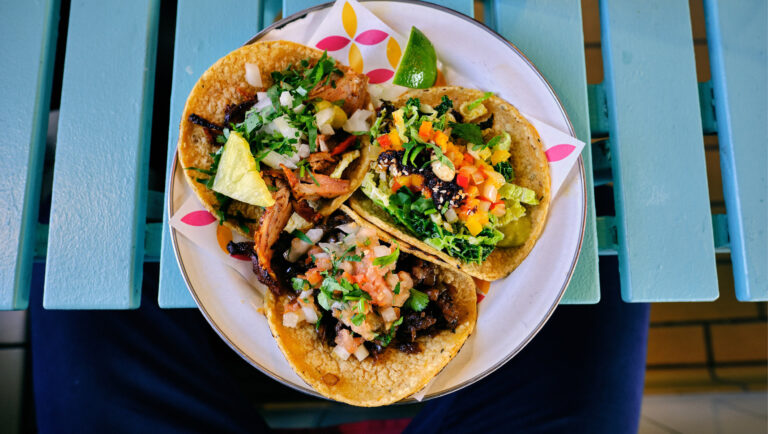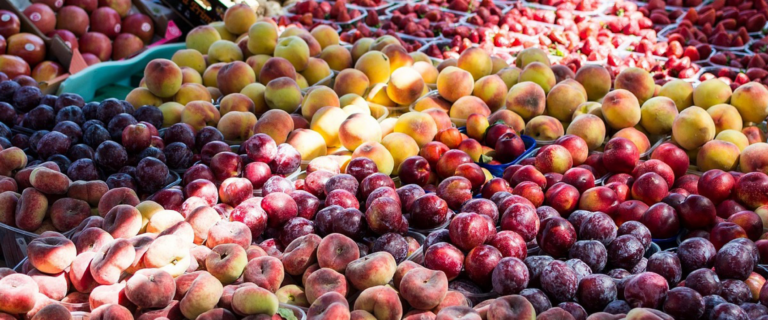How To Store Your Produce So It Lasts Longer
MEGAN THOMAS
LINH PHAM
ALEXANDER SCHIMMECK
There’s nothing worse than having all your lovely fresh produce go to waste before it goes into your belly. Ensure you properly store your purchases as soon as you get home from the farmer’s market.
Each fruit or vegetable has its preferred location, so before you leave the farmer’s market, ask the grower the best location for each type of food: the fridge, the countertop, or a cool room or pantry.
When you get home:
Don’t stash your shopping bag on the counter and rush off to your next adventure. Do these food prep tasks right when you get home, and your market haul will stay fresh and tasty longer.
-
It may come all bundled up, but to prevent bruising and poor circulation, be sure to remove rubber bands, twist ties, or other fasteners that bind the produce.
-
The leafy tops from root crops like carrots and radishes will draw moisture out of the vegetables and make them lose flavor, so cut those away. But don’t toss them out! Store greens and tops separately in a plastic or mesh bag.
-
Washing or cutting produce immediately actually makes it deteriorate faster. EXCEPT for berries! Give them a quick bath in cold water with a splash of vinegar, and they’ll last longer.
-
If you do wash your produce make sure to get it as dry as possible. A salad spinner does the best work for greens.
Re-Packing your Produce
If the produce is sold to you bagged or boxed by the farmer, there’s usually no need to transfer them to something else. If you are storing unpackaged produce, remember that most vegetables need a little humidity and some breathing room to stay fresh. But don’t just toss everything into the refrigerator. Here are 3 storage tips for your fridge:
-
Cloth or Mesh bags. Wet the bag first. Wring it out, so it is just damp before you place your produce ) inside.
-
Plastic storage bags. It’s essential to leave the plastic bag partially unsealed or poke holes in it, so moisture isn’t trapped. If you choose to use plastic, wash them and reuse them.
-
Salad spinners. Did you know? Salad greens and lettuce will last up to a month in a salad spinner. If you’ve got room for one in your fridge, give it a try.
If your tender greens have the roots attached, wrap a damp paper towel around them for extra protection.
Smart Fridge Management
Not all areas of your fridge are created equal. Modern refrigeration is designed to keep different foods at their best, so it’s good to have a strategy to keep your local food purchases tasting as fresh as possible.
-
Crispers are designed to be the coldest and most humid part of your fridge. Fresh veg should have first dibs on this valuable real estate. When stored in the appropriate cloth or plastic covering, leafy greens, corn with the husks on, green beans, and brassicas like broccoli and cauliflower do best in the crisper.
-
The warmest part of the fridge is the top shelves toward the front. Things that are sensitive to cold, like peppers, zucchini, and cucumbers, are more susceptible to deep cold temperatures, so don’t jam them in that cold crisper, keep them out and near the top to get the most extended life out of them.
-
Fruit should be stored separately from vegetables. Most fruits produce gas that can overripen other produce, causing it to spoil or lose flavor more quickly. Don’t pack things tightly, give your produce as much space as possible in your refrigerator.
-
You should treat herbs, scallions, and asparagus-like fresh-cut flowers. Put a small amount of water in the bottom of a glass or jar, and stick the produce upright so that water covers the cut ends. Cover the tops with a loose plastic bag to help hold moisture without trapping them too tightly.
One last word of caution: even if it comes to you labeled as pre-washed, give your fruits, greens, and other vegetables your own cleansing wash. Food bacteria is no joke, and the tiniest pathogen can multiply when it hits your newly purchased produce. Plus, a fresh cold water rinse will crisp it right up.
Looking for farm markets near you? Check out our GROW list.








